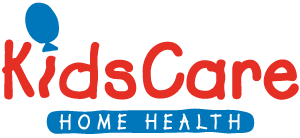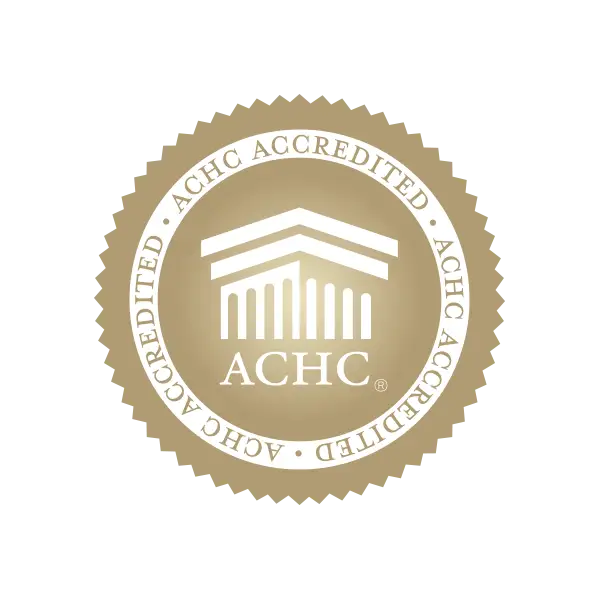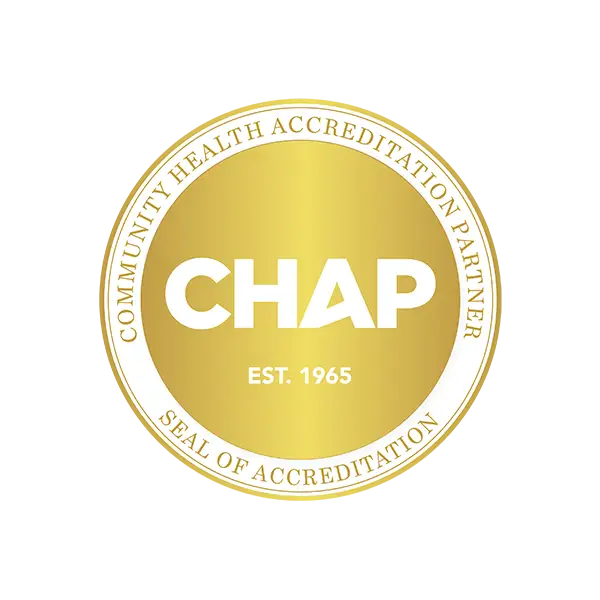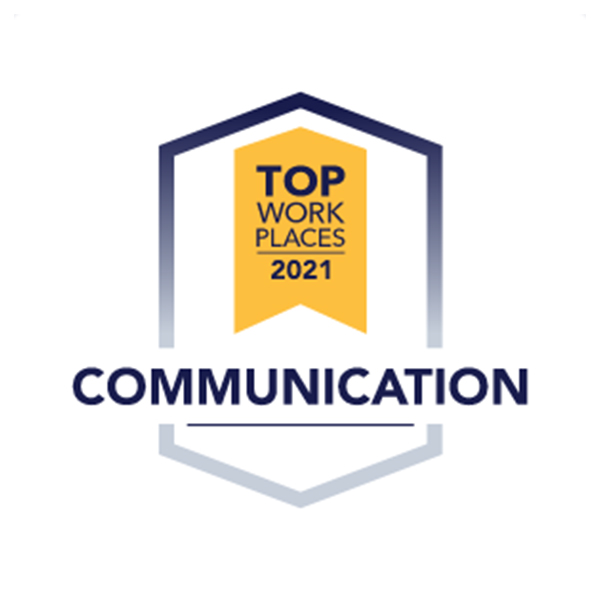
By Holland, Lead PT
KidsCare Home Health, Pediatric Therapy
What is torticollis?
Torticollis is a term used to describe a shortened sternocleidomastoid muscle (SCM) in the neck. Torticollis is typically caused by a baby’s position in the womb or a difficult childbirth. It presents as a noticeable head tilt to one side and preference to look to one side versus the other. It can be corrected by a strict stretching and strengthening regimen that can be provided by a licensed physical therapist.
What is plagiocephaly?
Plagiocephaly is a medical term that describes a “flat spot” on an infant’s head. This often occurs when a baby’s head stays in one position for long periods of time. At birth, a baby’s skull is soft and the joints are open and flexible to change. Around 12 months old, a baby’s skull starts to fuse or harden. Once the skull is fully fused, it will retain its current shape for the remainder of the child’s life. A baby who is diagnosed with torticollis is at high risk for also developing plagiocephaly due to decreased ability to rotate their head while laying on their back. The earlier the intervention, the better the outcome of achieving a rounded and symmetrical shaped skull.
How to treat these conditions?
Stretching the tight SCM and strengthening the opposite, weaker SCM, as well as encouraging the baby to rotate their head to the non-preferred side are the best ways to treat torticollis. This can be done by always placing toys on the non-preferred side, holding them over your shoulder so that they have to rotate to the non-preferred side, and feeding and talking to them on their non-preferred side. A licensed physical therapist can provide many stretching and strengthening exercises, however, here are some examples of a few common ones:
Right torticollis (over mom’s right arm)

Left torticollis (over mom’s left arm)
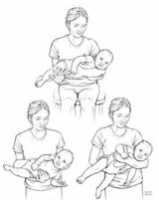
To treat plagiocephaly, the best solution is tummy time, tummy time, and more tummy time! Avoiding prolonged use of baby carriers, swings, and supine (back) play is the easiest way to improve plagiocephaly and help develop strong neck and back muscles. For tummy time ideas, please visit: https://kidscarehomehealth.com/tips-for-successful-tummy-time/
When is a helmet/doc band necessary to correct plagiocephaly?
Starting the stretching and strengthening exercises as early as 1 month old is the best chance at correcting plagiocephaly and avoiding the need for a helmet/doc band. If the flat spot on the baby’s head is not improving by 4-6 months old, a physical therapist may begin discussing the option of being evaluated for a helmet/doc band before the baby’s skull begins to harden.
What is the result of untreated torticollis or plagiocephaly?
As previously mentioned, if left untreated, torticollis can cause plagiocephaly. It can also result in contractures (irreversible stiffening) of the SCM, facial asymmetries caused by gravitational pull, and balance deficits.
Untreated plagiocephaly can cause uneven ears or facial features, lack of hair growth on the flat spot, and difficulty fitting in to a hat or helmets for sports.
If you have concerns about your child’s head positioning or shape, discuss with your child’s pediatrician and request a skilled physical therapy evaluation. A licensed therapist can come up with a treatment plan that consists of fun, creative exercises to help your child build neck and core strength and techniques to improve tolerance to new positions.
